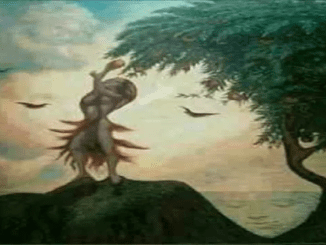The age-old debate of whether the chicken or the egg came first has puzzled minds for generations. It’s a question that seems simple on the surface but dives into deep evolutionary mysteries. After countless jokes, philosophical musings, and even scientific debates, it looks like scientists may have finally cracked the case. According to a recent study, the answer may lie in the ancient ancestors of the chicken itself—and their reproductive habits.
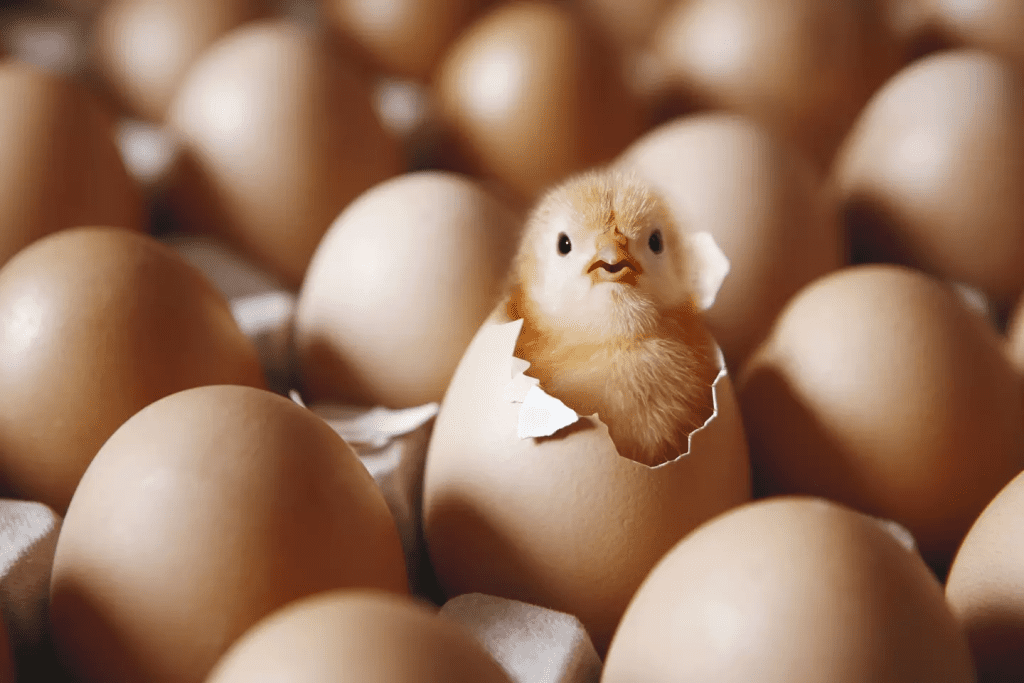
Let’s dive into what these scientists from the University of Bristol and Nanjing University have discovered and why this new theory has everyone talking.
A Historic Debate: The Chicken or the Egg?
For years, the debate has centered on a simple yet perplexing question: Did the chicken come from an egg, or did an egg create the chicken? The conversation has sparked interest from philosophers, scientists, and casual thinkers alike.
Some have argued that the egg must have come first, laid by a prehistoric creature that gradually evolved into the modern chicken. Others argue that the chicken must have appeared first to lay the egg. It’s a circular question, but one that touches on the broader issues of evolution, genetics, and life’s origins.
But now, thanks to the latest scientific research, it seems we may have a new perspective on the age-old riddle.
The Study: Fossils and Reproductive Strategies
In a groundbreaking study published in Nature Ecology & Evolution, scientists examined 51 fossil species and 29 living species to trace the evolutionary history of reproduction. The key focus of the study was on oviparous species (those that lay eggs) and viviparous species (those that give birth to live young, like humans).
This extensive analysis, led by the team at the University of Bristol’s School of Earth Sciences, revealed that the ancestors of modern birds, including chickens, were viviparous. This means they gave birth to live young rather than laying eggs. The findings suggest that early reptilian ancestors of chickens didn’t lay eggs at all, turning traditional ideas about the egg-laying chicken upside down.
Live Birth Before Eggs: A Surprising Discovery
The study found that in these ancient species, extended embryo retention—a process where the mother carries her offspring for a longer period before giving birth—offered significant survival benefits. In environments where laying eggs might expose the offspring to predators or harsh conditions, giving birth to live animals was a safer reproductive strategy.
This challenges the long-held belief that egg-laying was always the default for ancient reptiles and birds. As Professor Michael Benton from the University of Bristol explains, “Before the amniotes, the first tetrapods to evolve limbs from fishy fins were broadly amphibious in habits. They had to live in or near water to feed and breed.”
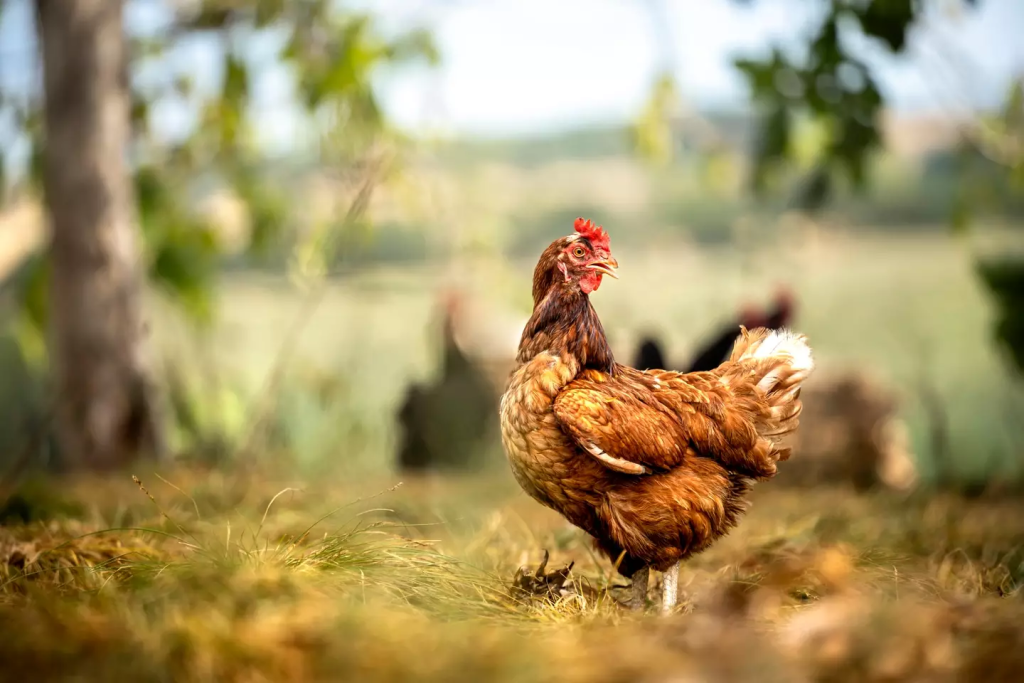
Getty Stock Image
It wasn’t until 320 million years ago that these creatures developed what is known as the amniotic egg, which allowed them to break free from water and inhabit drier environments. However, before this evolutionary leap, giving birth to live young was the norm.
The Shift from Live Birth to Egg Laying
So, how did animals go from giving live birth to laying eggs?
The study offers insight into this transition. Professor Baoyu Jiang, the project leader, explains that this shift was not a one-way evolutionary road. Many lizards and snakes display flexibility between oviparity (egg-laying) and viviparity (live birth). In fact, live-bearing lizards can revert back to laying eggs, suggesting that the switch between the two reproductive strategies is more fluid than previously thought.
“Sometimes closely related species show both behaviors,” Jiang notes, “and it turns out that live-bearing lizards can flip back to laying eggs much more easily than had been assumed.” This discovery hints that the ability to lay eggs may have evolved more than once, meaning that egg-laying could have come after live birth for certain species, including the ancestors of the modern chicken.
The Egg as an Evolutionary Innovation
While the study emphasizes live birth as a precursor to egg-laying, it doesn’t downplay the importance of the amniotic egg as a key evolutionary development. Once animals began laying eggs with hard or soft shells, they gained the ability to reproduce in more diverse environments. This allowed species to spread and evolve, contributing to the diversity of life we see today.
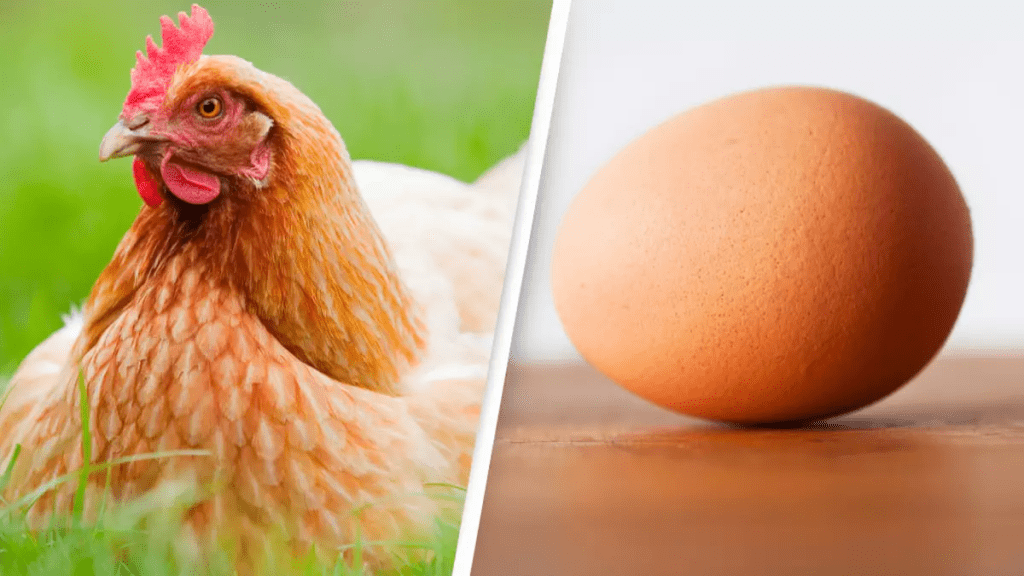
Professor Benton adds that the classic “reptile egg” model of reproduction that’s often taught in textbooks might need revision, given these new findings. The discovery that live birth may have preceded egg-laying is not just about chickens—it rewrites part of the story of how reptiles, birds, and mammals developed their reproductive strategies over millions of years.
Could the Chicken Have Come First?
With this new information, it seems plausible that the chicken may have come first, or at least a creature closely resembling what we know today as a chicken. If its ancestors gave birth to live young before evolving the ability to lay eggs, the chicken’s origin story might have started with live births, followed by the transition to egg-laying as an adaptive advantage.
This theory doesn’t settle the debate for good, but it certainly provides a new perspective. The notion that the chicken’s ancestors gave live birth before laying eggs turns the traditional debate on its head, showing how evolution is far more complex than we ever imagined.
Why This Research Matters
While the debate over the chicken or the egg might seem trivial on the surface, it actually touches on some of the most fundamental questions about life’s origins. How do species evolve? How do reproductive strategies change over time to improve survival? Understanding these shifts offers insight not only into the history of chickens but also into the broader evolutionary process that shapes all living creatures.
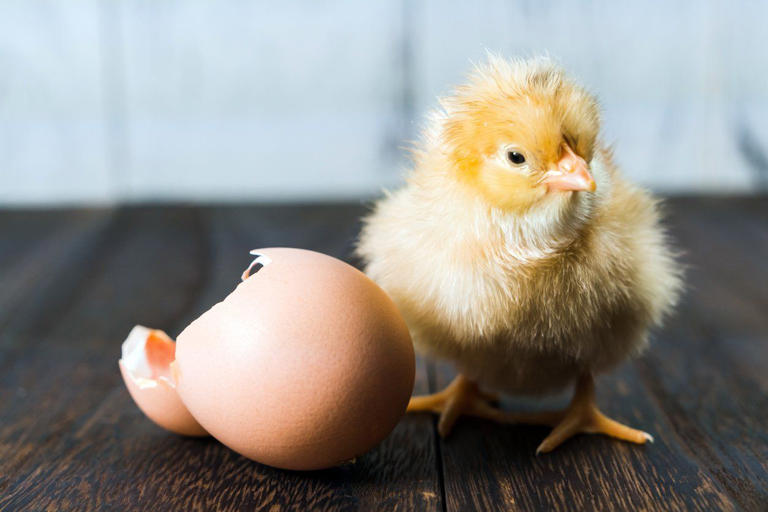
Moreover, this research opens doors for further exploration into how flexible reproductive strategies like oviparity and viviparity have allowed species to adapt to changing environments. It highlights the intricate ways in which evolution can drive species to shift between seemingly distinct methods of reproduction, showing the dynamic nature of life itself.
Conclusion: Have We Finally Cracked the Case?
So, what came first—the chicken or the egg? According to this new research, it seems that the chicken’s ancient ancestors may have birthed live young before evolving to lay eggs. While the debate may not be fully settled, this discovery gives us a fresh look at one of biology’s most enduring mysteries.
As science continues to delve deeper into the mysteries of evolution, we may one day have a definitive answer. For now, it seems that the age-old question is a bit more cracked open, with the potential for more fascinating discoveries in the future.
What do you think? Does this theory change your perspective on the chicken and the egg debate?

